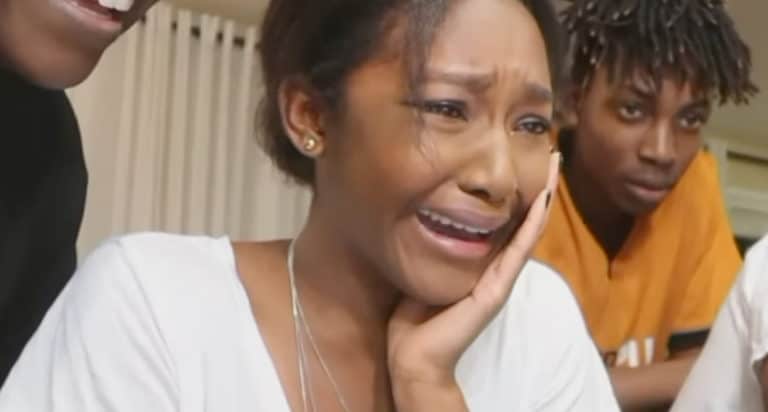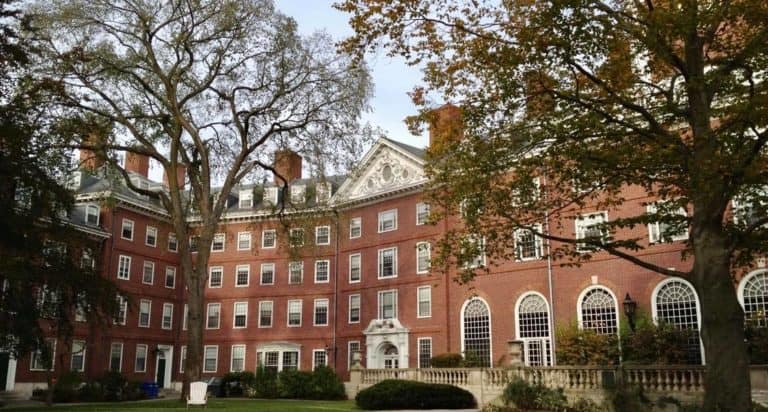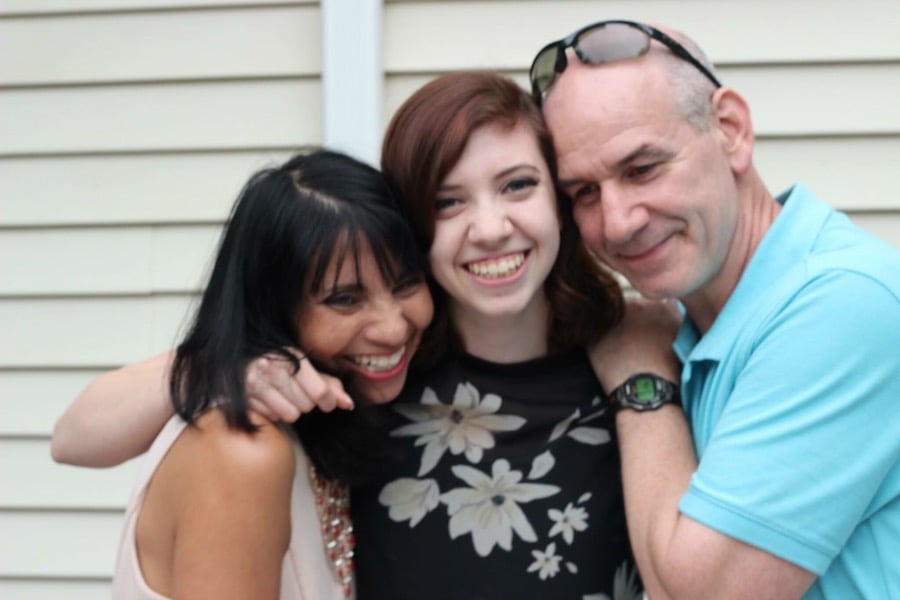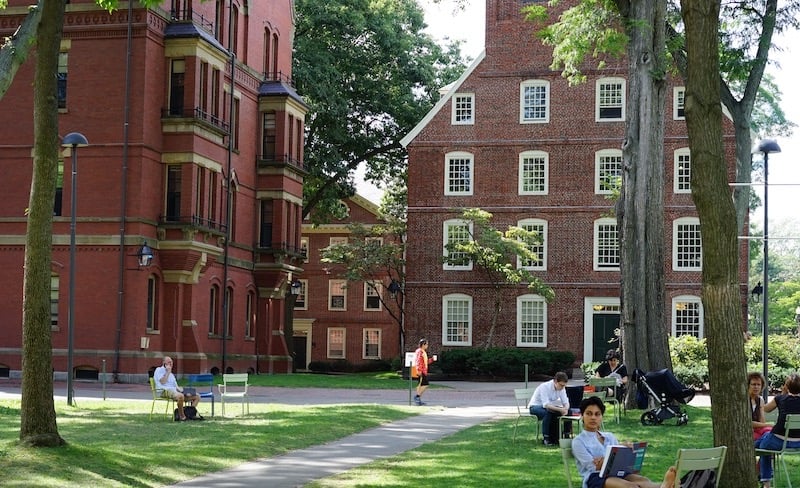College admissions is a perpetual shifting of priority and choice that I have experienced both from the outside and within.
As a mom, I celebrated my children’s ideas, supported their efforts, listened to their disappointments, and cheered their successes. As they approached their college searches — writing applications and waiting out decisions — I hoped they’d get into the schools where they had already imagined their lives. I wanted them to be happy. I didn’t want all of that resiliency training to have to activate.
I didn’t want them to have to look to me for reassurance that it would be OK. I wanted what they wanted. Yet, there was no way to know if they’d get a spot. My priority was to help ground them in their choices along the way, to remind them of how special they are, regardless of a college’s admission answer, and to help them choose their next steps among the available choices.

How I think about our admission choices at the University of Pennsylvania
I bring this perspective to my job as the dean of admissions at the University of Pennsylvania. I am deeply involved in making the choices that inspire celebration or call on resiliency. Deciding whether or not to accept an applicant is the penultimate synthesis of organizing more than 59,000 applicants into the 2,400 places.
I hold the principles and priorities of the University as our guide, and yet, since I’m reading about individuals, I also think about who they are and what they might be like at Penn.
Would they push the hard questions? Would they collaborate to find the answers? Would they find and create a place of belonging in our community? Usually, the answers are “Yes, yes, and yes.” “Yes!” when reading about the student who loved every one of her science classes and could imagine her future in our bioengineering lab designing the next innovation in healthcare. And “Yes!” when reading about the student who equally loves linguistics and anthropology and wants to study the effect of culture on the evolution of vocabulary.
Which students do we admit?
So, which of these two students do I want to admit? I want them both. But the reality is that we can’t have them both. There isn’t enough room to say “yes” to every student who humbles us with their inspiration, who we know would be the “yes” student on our campus. We must work within the limits of space, lean into our values and the design and intent of programs within our schools, and choose students with those in mind.
I have a love/hate relationship with those viral acceptance reaction videos. On the one hand, seeing a student’s joy and delight is so exciting when positive news pops up on the screen. Yet, on the other hand, for every celebratory, breathless moment, other students hang their heads, turn off their devices, and feel terrible. I know what that looks like, too.
Our choices are impossible, but they are also clear
At the same time that these decisions feel impossible, they are also clear. The space limitations are real. The distribution of our academic programs is real. The necessity of diverse points of view, experiences, skills, and expectations among our students to create the strongest, most flexible, innovative, and problem-solving environment is real. And at the same time, our applicant numbers keep growing.
As we start to choose the students we admit, we repeatedly reprioritize what else is needed in our remaining decisions. We rededicate ourselves to finding the “yes” students while working within our limits. It’s like a train station flip board. Each train that arrives or departs generates the rapid flipping that rewrites the schedule on the board. An admissions review, it’s a rapid re-setting of what is next as we read-decide-read-decide until we finish.
What I want the applicants to know who we do NOT admit
What is so very important for us to communicate to our applicants and those who support them is that choosing not to admit a student doesn’t diminish that student’s real accomplishments, enthusiasm, or aspirations. Our choice means that a different school will benefit from what that student offers and be lucky to nab that “yes” for themselves.
More Great Reading:









